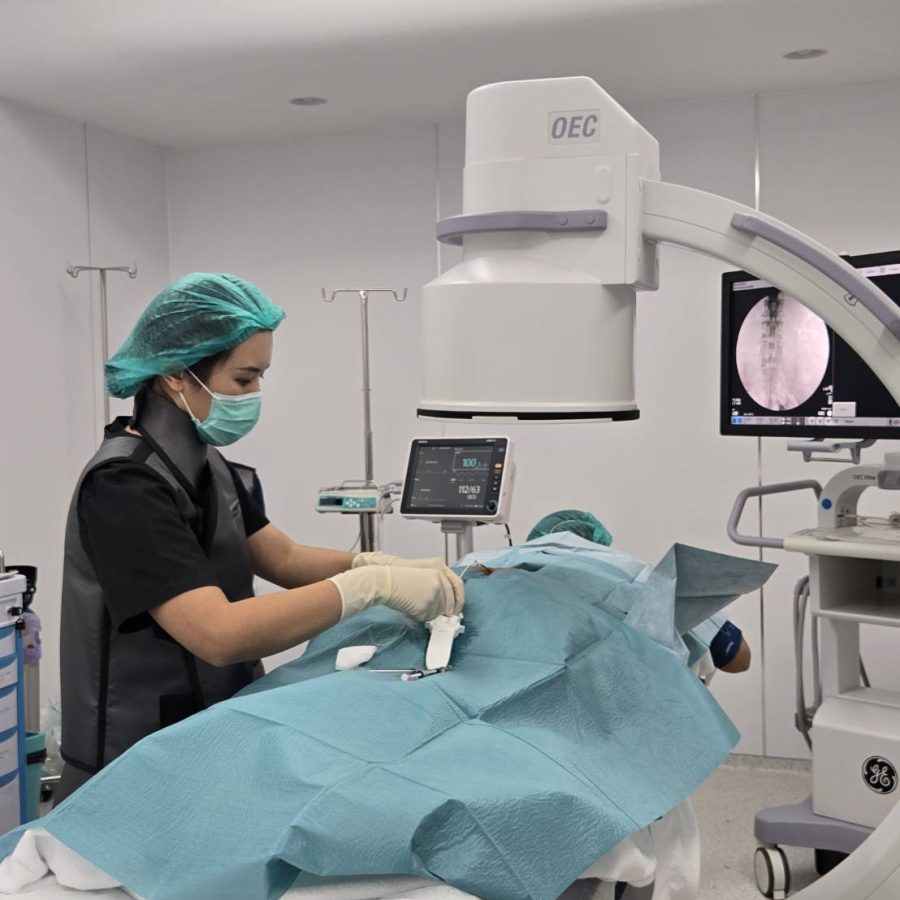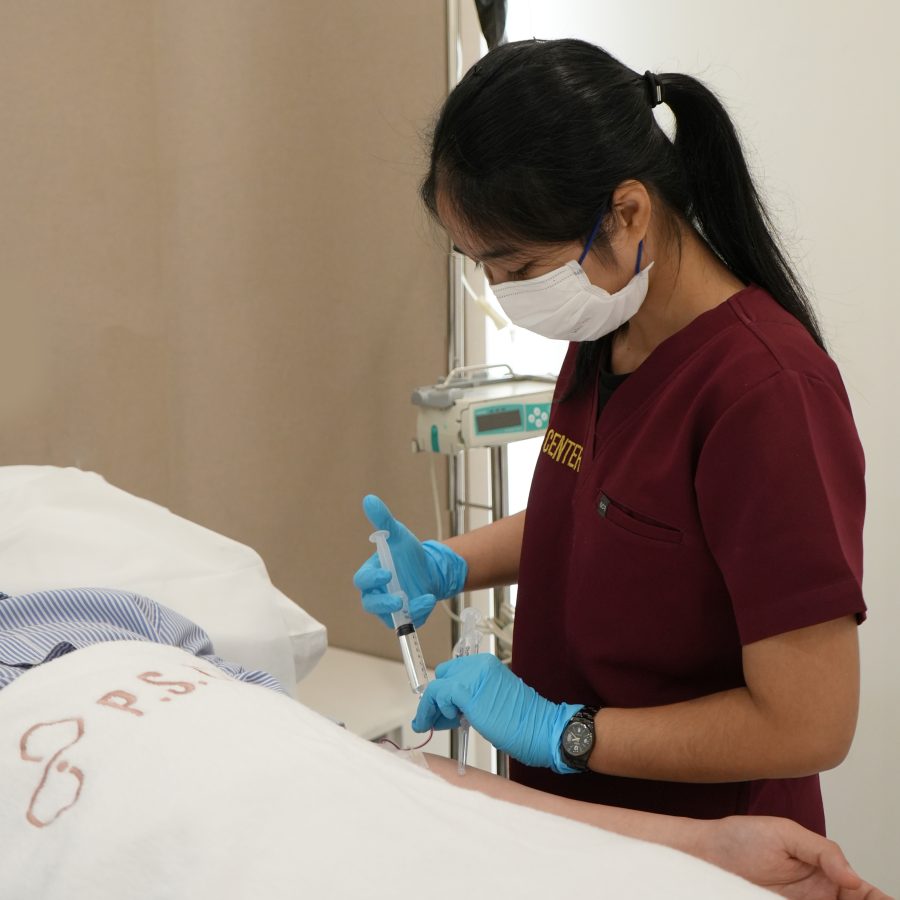Are you struggling with neck pain that radiates down your arms, affecting your daily life and mobility? A cervical epidural steroid injection (ESI) might be the relief you’ve been seeking.
What is Cervical Radicular Pain?
Cervical radicular pain occurs when nerves in the neck are irritated or compressed, often due to conditions like herniated discs, degenerative disc disease, or spinal stenosis. This pain can present as:
- Neck pain with arm pain: Discomfort that travels from the neck into the shoulder, arm, or hand.
- Numbness, tingling, or weakness: Sensations in the arms or hands caused by nerve involvement.
Who Can Benefit from a Cervical Epidural Steroid Injection?
This procedure is recommended for individuals who experience:
- Neck pain with radiating arm pain.
- Conditions such as herniated discs or nerve compression.
What is a Cervical Epidural Steroid Injection?
A cervical ESI is a minimally invasive procedure in which a corticosteroid is injected into the epidural space of the neck to reduce inflammation and alleviate pain. This treatment targets the irritated nerves directly, providing relief and improving function.
Note: An MRI of the cervical spine is required prior to the procedure to ensure accurate diagnosis and planning.
How Long Does the Procedure Take?
The entire process takes approximately 15-20 minutes. Sedation is not required, as the procedure is well-tolerated with only local anesthetic.
What Happens During the Procedure?
- You will lie on your stomach.
- The doctor will use X-ray guidance and contrast dye to precisely locate the epidural space.
- A needle is inserted, and a corticosteroid mixed with a local anesthetic is injected into the target area.
What Results Can You Expect?
Many patients experience a reduction in pain and improved mobility within days of the injection. Relief can last weeks to months, depending on your condition, and repeated injections may extend the benefits.
What Should You Do After the Procedure?
- Rest for the remainder of the day, avoiding strenuous activities.
- Avoid driving on the same day due to the effects of the procedure.
- Resume normal activities the following day unless otherwise advised.
- Mild soreness at the injection site is normal and typically resolves quickly.
How Can You Prevent Cervical Pain?
- Maintain good posture, especially during desk work or screen time.
- Perform neck-strengthening and stretching exercises regularly.
- Use ergonomic chairs and supportive pillows to promote spinal alignment.
Compiled by;Rarinthorn Choomsai Na Ayuthaya, M.D. Interventional Pain Specialist
Contact us to learn more or to schedule a consultation.
Tel: 02-125-3959, 098-195-0991







